King’s Conflict is a high-quality free strategy game that combines elements from trading card games, Risk, Chess, as well as adding plenty of innovation. The game is Windows only at the moment, but will eventually be cross-platform. It’s in late alpha, but is now nearing completion - transition to beta is now not farr off.
I’m now proud to announce that the fifth of the eventual six kings is now complete and playable - download and dive in!
Full details of the new king and his cardset follow…
The Fifth King’s Conflict monarch is a holy, godly and pious king. His play-style is about durability - both he and his servants are hard to kill. Like the other kings though, he is not one-dimensional; there are countless ways to play him well.
The King Himself

Like other kings, the Blessed King moves only one tile at a time. He is weak in combat – he only has a 1-point melee attack, but he is extremely hard to kill, as no attack can deal more than one damage to him. Finishing off a Blessed King involves slowly grinding him down – giving you time to come up with an escape strategy. Finally, he has a priest-like healing power that heals all units in his region by one point at the start of your turn.
Servants
The Blessed King has seven dedicated servants – five of these are varieties of priest fulfilling a range of functions. Notice that there are no cheap servants here – the epic Marshall card is actually the cheapest of the bunch. If you want cheap servants in a BK deck, use the ‘standard’ cards available to everyone. Blessed King servants are powerful and specialised – and as a result will set you back a noticeable amount of gold.
Crusaders

Crusaders are strong melee units – they are the lumbering giants of your army, consuming double the normal amount of food. While they can move at normal speed, in practice you will want to move them slowly as each move damages them. Note that they heal once in your turn and once in the enemies turn, so the heal-rate is the same as the damage rate. Because of this mechanic, Crusaders are better suited to defence than to attack… however the various healing mechanisms at the Blessed King’s disposal mean that marching them over to the enemy may be quite feasible.
High Priest

The epic High Priest card has a certain amount of combat ability, but he exists primarily to generate powerful commands. You will want to keep him safe – his health of 2 makes him harder to snipe out than many generator servants, but nonetheless he is relatively vulnerable. Despite this, a limitless supply of smite and holy light cards makes him a very worthwhile addition to your deck.
Paladins

These holy knights will likely form the backbone of your army – they are effective and fast, with the blessing-generation power of a priest. They are also common, so you can have three of them in your deck. While not quite as good in combat as knights, or as effective in support as priests (they lack the priests automatic heal power), they provide a good compromise between the two at a reasonable price. You’ll often find you use their blessings on themselves to boost their longevity.
Priest of Flame

Priests of flame are relatively cheap for magic-using units, and while their attack is weak they do have two attacks. Their command removal effect you will find to be both an advantage and a disadvantage. They allow you to remove all sorts of enemy ‘buffs’ (blessings, arcane shields, invisibility, and more besides), but they do the same to your units – most seriously for the Blessed King’s army, they remove blessings – including those on themselves. Use them carefully!
Priest of Light

The Priest of Light is the BK’s ‘Marshall’ card – an epic who reduces the cost of other cards. He’s cheaper than the other marshalls, but poor in combat – his strength of course lies in making priest cards cheaper to play. Most Blessed King decks make heavy use of priests of course, so his utility is clear.
Priest of Pity

The Priest of Pity is the only card in the game that can resurrect dead units. He can only resurrect them at the end of the turn in which they die, and can only resurrect one per turn, but it’s still a very powerful ability, opening up a whole load of strategic possibilities. Use it to hold choke-points like the bridge on “The Crossing”; as soon as your unit holding the bridge dies, a Priest of Pity on the road can bring him back! Resurrected units come back with full health, but without any buffs or modifiers picked up during their life.
Every time a Priest of Pity resurrects a unit, he loses one health. He only starts with two, but as a Blessed King you ought to be awash with blessing cards and other healing powers; keeping him alive requires planning, but is far from impossible. If a Priest of Pity dies from health-loss incurred in resurrecting, you CAN’T have him resurrected by another Priest of Pity. He’s permanently dead.
Warrior Priests

Warrior priests, like paladins, are a compromise unit – think of them as something like a cross between a priest and men-at-arms. They are capable if uninspiring melee units, who generate blessing cards 50% of the time. Whether you use them or not will depend on you have Temple of Wisdom cards in your deck (see below) – if you do you’ll want to generate as many blessings as possible, so may prefer these armoured priest to axemen or viking warriors. Notice that they are a type of priest, so you get savings on them from a Priest of Light, and two of them will let you throw smite commands!
Structures
The Blessed King has three dedicated temple structures – all are rather ‘odd’ in their own way… and all require though to use well.
Mission Temple

This rather intriguing card gives you a weak combat structure that’s perfect for claiming regions. It’s cheap but effective – the ‘convert’ power will discourage melee or charge units not strong enough to one-shot it from coming close, and you can always use blessing commands to make it even harder to kill.The convert power gives you a 50% chance of converting any adjacent servant to your cause after combat. Opponents are unlikely to be dumb enough to let servants wander into conversion range, but that makes the mission temple an effective ‘area denial’ weapon. It’s also useful offensively, as you can of course deploy is next to an enemy unit in an attempt to convert it.
Mission Temples can in theory convert up to three enemy servants in a turn (not four, as there is no way to place one in the middle of four enemy units), but they do need to be able to survive the combat phase to use their convert power, so juicy targets like this are not common. Notice as well that they only convert servants – structures (and of course Kings) are immune.
Temple of Peace

Another powerful weapon in the Blessed King’s ‘holding’ arsenal, a Temple of Peace declares a ceasefire zone on the King’s Conflict map. There are all sorts of uses for this, but (like the Priest of Pity) holding a choke point is one of the most obvious ones, as enemy units simple won’t be able to attack. Make sure though that they can’t attack from a different region – the Temple only affects units attacking from a region, rather than protecting units IN a region. Temple health can drop alarmingly quickly if it’s holding up a key unit under fire from multiple enemies, but here Blessing and particularly Holy Light are your friends – use them (or priest heals) to keep the Temple alive and doing it’s job.
Temple of Wisdom

All kings have a card to help them accelerate their card-draw rate, and the Temple of Wisdom is hence the equivalent of Sword of Wisdom, Wise Hermit, Spy, and Hunters Hall. It’s relatively expensive, but gives you a structure with a lot of health (great for claiming regions) and gold-generation capacity to boot. Perhaps most importantly it’s card-generating power is probably the best of the bunch – as a Blessed King you are going to be playing a lot of blessing cards, and you get a card whenever a Blessing card is played – by either player. This will discourage your opponent from using his priests and blessings (he won’t want to give you free cards), which can play into your hands. Remember though that this cuts both ways. If you are playing against another Blessed King, you might both field Temple of Wisdom structures; in which case both of you will pick up cards whenever blessings are played.
Commands
The Blessed King is very well supplied with command cards – he has ten of them!
Celestial Shield

This is one of the Blessed King’s big guns – it’s very powerful, making some servants almost unkillable for two turns. All attacks on a servant with Celestial Shield do one damage (including command attacks like Wild Firestorm). Use it to armour your Paladins or Warrior Knights before sending them into the fray!
Retribution

Retribution is a shield-like command – but rather than reducing damage done, it reflects it back onto the damage dealer. Note that if you also have a celestial shield up, the full damage is reflected back rather than 1 damage it’s reduced too – this is obviously a lethal combination, though at a combined cost of 40 gold it ought to be! Retribution is best used on cheap servants who need to fight enemies with strong attacks – send one up against a Red Dragon, for instance, and watch it fry itself!
Holy Light

Holy Light is probably the simplest of all the BK’s commands – it’s a powerful no-nonsense heal, that works on any type of unit (including your king). Incredibly useful – and very frustrating for an opponent who has spent three of four turns whittling your king down to 2 health!
Smite

The Blessed King doesn’t have any commands that can kill a big servant at range (like King’s Wrath), but smite is an effective weapon in lieu of that. It deals two damage to servants OR structures (unlike the MK’s lightning strike, which can’t take down structures), and is hence very versatile – use it to pick off weak servants, especially important support units like priests, alchemists, smiths, stonemasons etc. – and use it to stop your opponent even thinking about placing goldmines! Note as well that you have a priest who can generate smite cards. The only weakness of this command is the requirement to have two priests in play – this means it’s not an effective early-game weapon.
Convert

This powerful command converts any enemy servant or structure that you have a servant next to into your unit! It’s like the RK’s bribery, only cheaper – but also a little more restricted in range. Use it whenever you can – rush in, ideally with something fast like Paladins, and claim the enemies best units for your own. Unlike bribery this isn’t a big card early on in the game – save it for major battles further on in, and wait until the enemies pride and joy comes lumbering towards you before turning it back on them!
Extinguish and Relight


These two belong together – they give you power over the burn fire. This may sound like a gimmick, but it’s the BKs biggest financial weapon. They are cheap, and you can restrict your opponent’s gold supply, and/or increase yours, particularly if you have a lot of cards to burn. Extinguish in particular can really make a difference – your opponent won’t be able to burn any cards for their next TWO turns – it’s as though they had burned a card right at the start of their turn. Use it when you have your opponent on the ropes and you don’t want any nasty surprises.
Regroup

This is an ‘odd’ command – I thought long and hard about including it at all. It can be used defensively of course, the two cards it draw also helping you out of tight spots, but bringing all your servants to one region will hurt your income (which is why it also provides a temporary gold and food bonus). One other use for it is in offense – use divine flight to bring your king close to the enemy’s king (he’s not vulnerable at all, you won’t be risking him) and then use regroup to bring in reinforcements. You can also use it to bring wounded servant back into your king’s healing influence.
Note that if there isn’t room for all your servants in the King’s region, some will get left behind.
Divine Flight

Divine flight is a limited teleport for your king. Use it to escape trouble, or bring him up to support attacks with his healing abilities – he also makes a great tank for damage as he has a permanent celestial shield effect an very high health.
Divine Favour

This is a game-swinger – use it to tip the balance in your favour in long and evenly balanced games with a lot of servants on the field. Note that ALL priests get blessed, even your opponent’s, so think carefully before using it, particularly against another Blessed King. Note that blessings generated with this card don’t count for Temple of Wisdom card-drawing.
And there you have it – the Blessed King. Work out your own strategies, and see what you can do with him! Have fun!
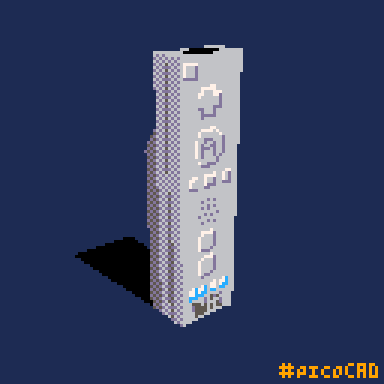
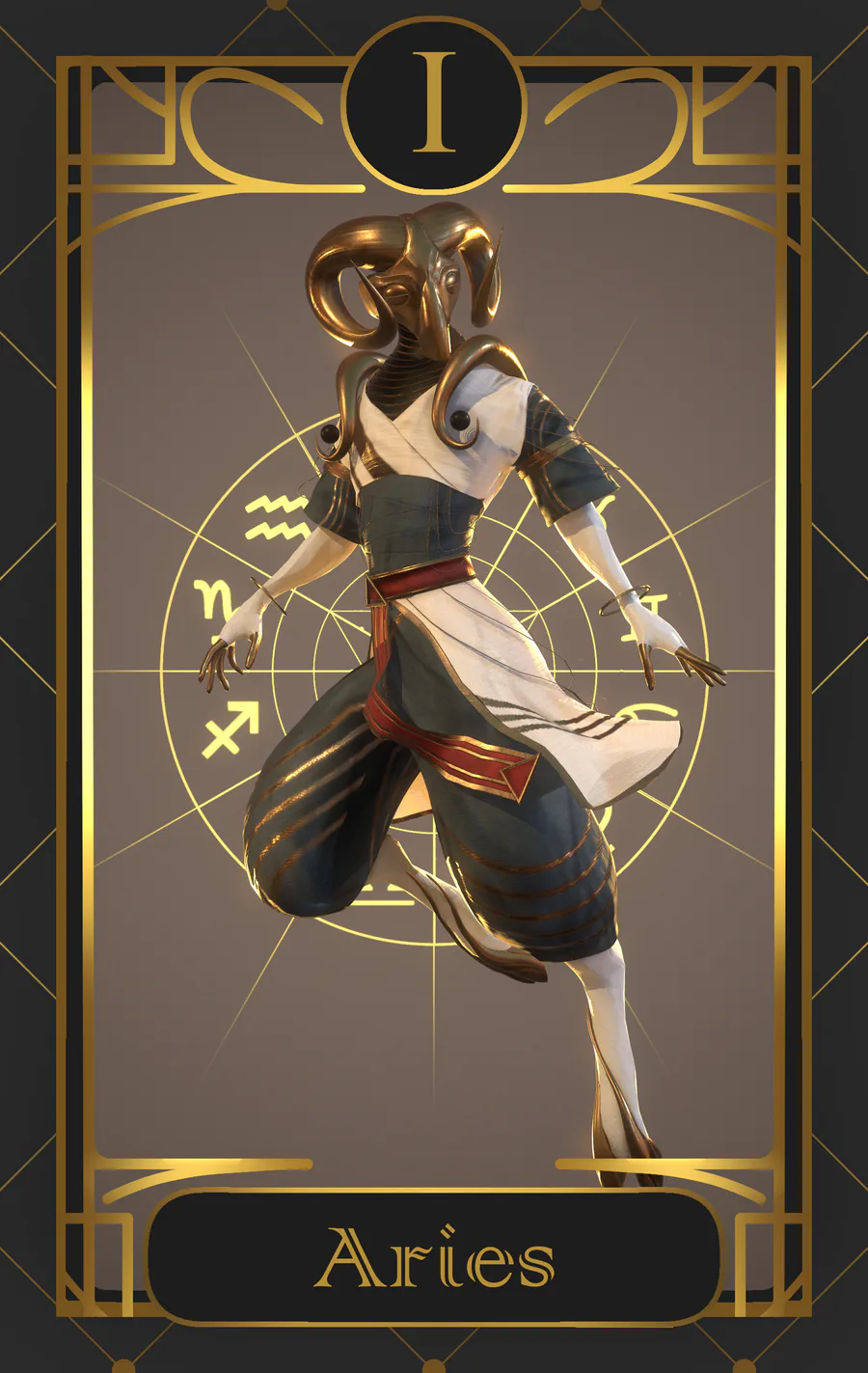
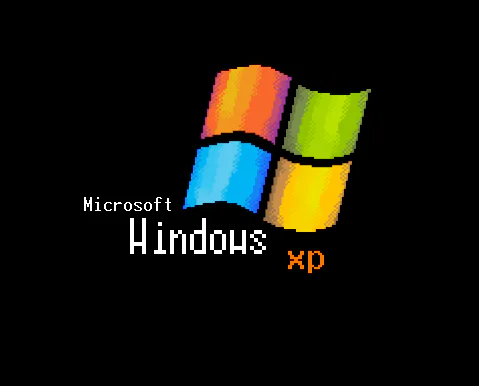

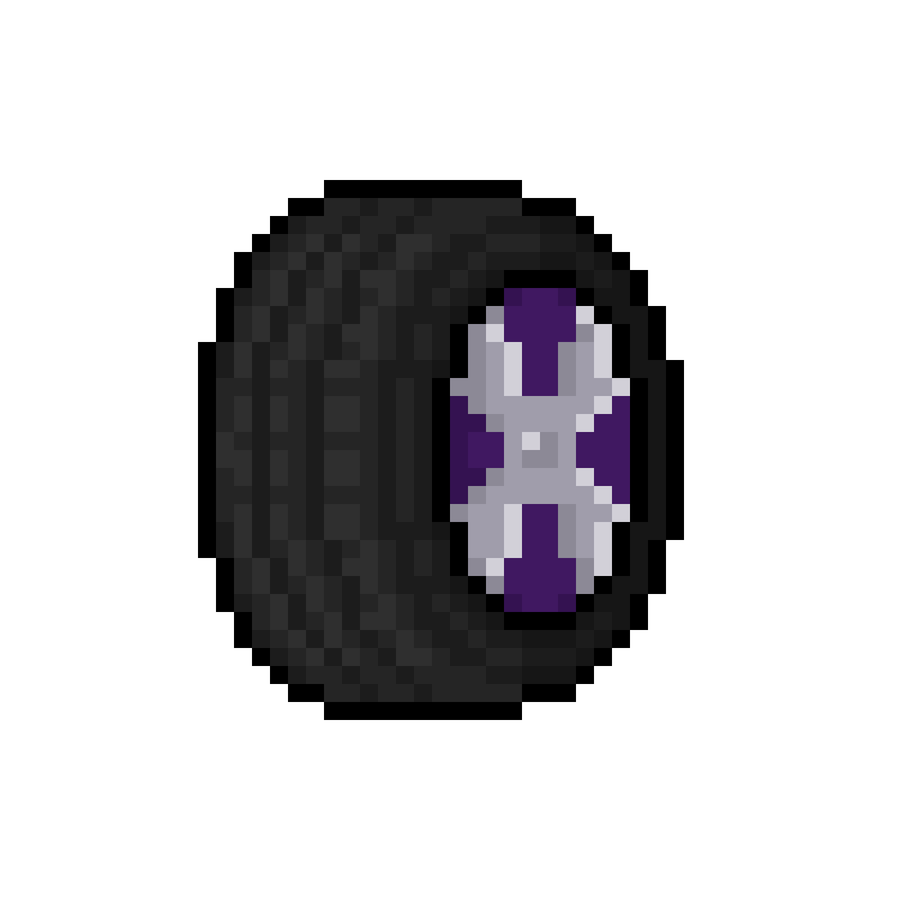

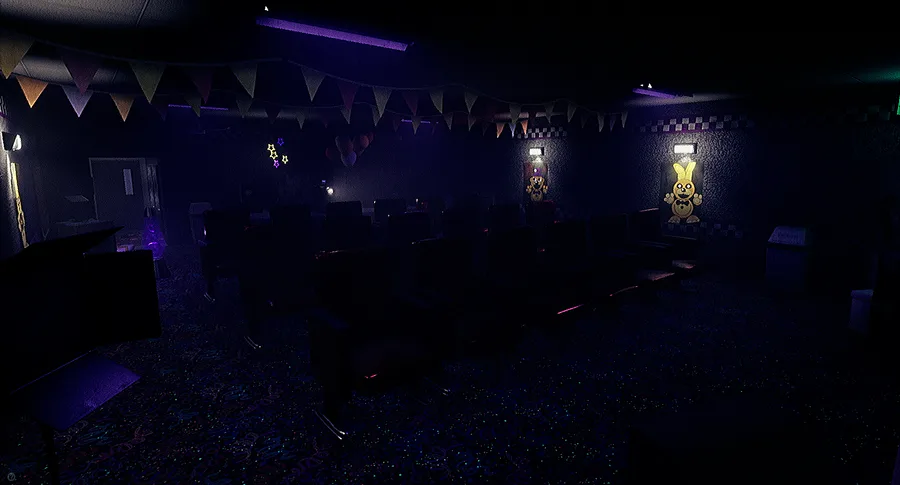



0 comments